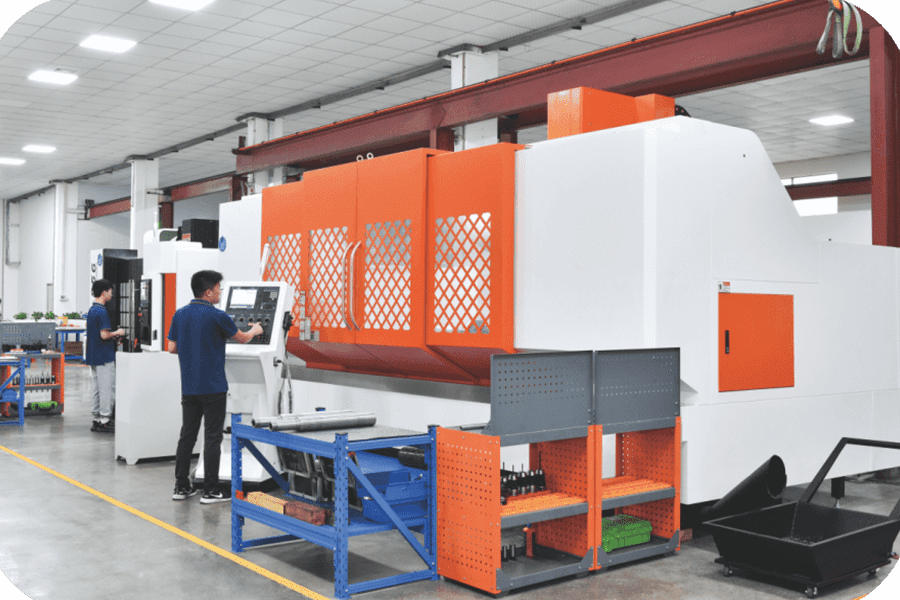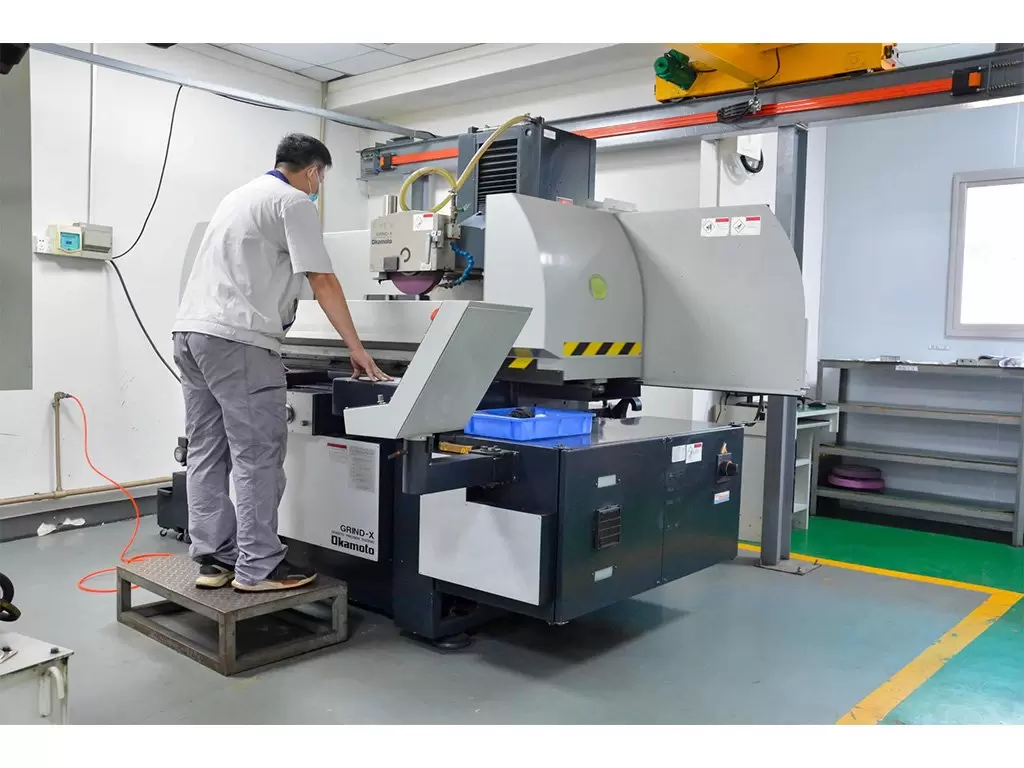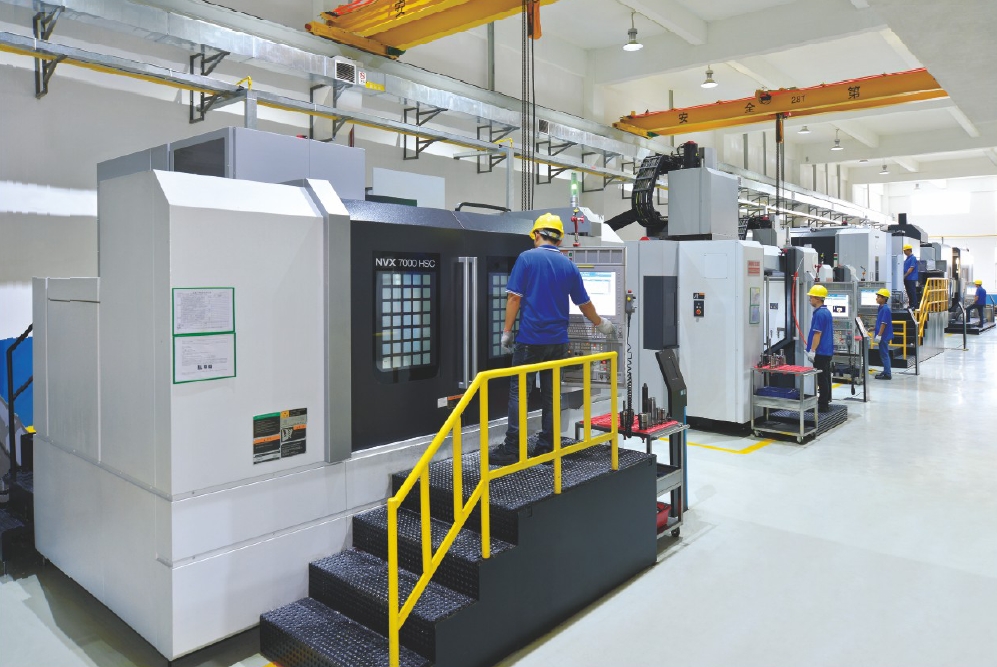
Injection Molding Applications and Material Selection Across Industries
Injection molding is an essential manufacturing technique widely used in industries like automotive, consumer electronics, and medical due to its efficiency, precision, and versatility. This article discusses how injection molding supports high-volume production and diverse material selection, from durable thermoplastics to biocompatible polymers, to meet the specific needs of each industry. In the automotive industry, for example, it enables the creation of lightweight parts like dashboards and engine covers that enhance vehicle performance and fuel efficiency. The medical sector benefits from injection molding in producing sterile, biocompatible parts such as syringes and implants, while consumer electronics leverage this process for durable device housings and intricate internal components. The continued demand for cost-effective, high-performance, and sustainable solutions positions injection molding as a vital driver in modern manufacturing.


